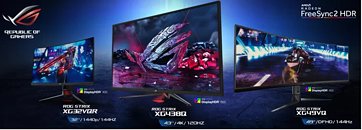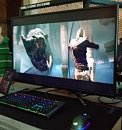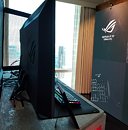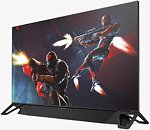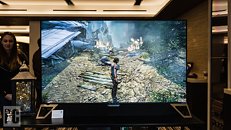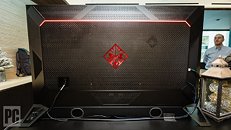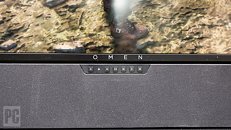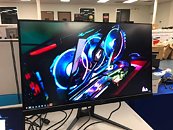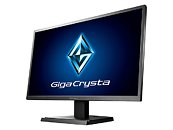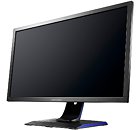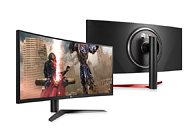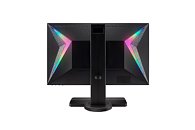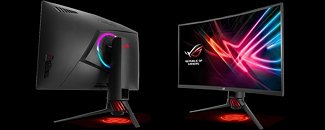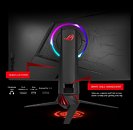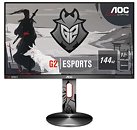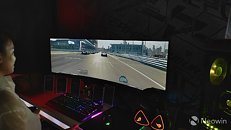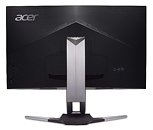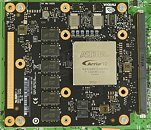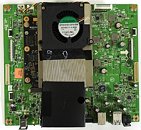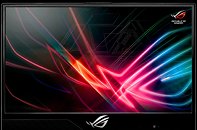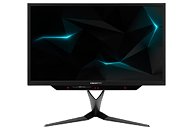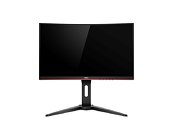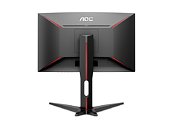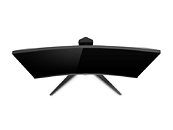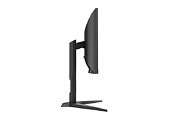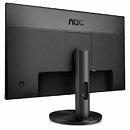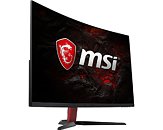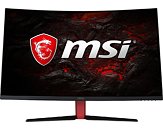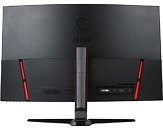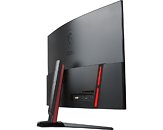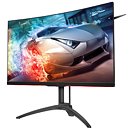
Lenovo Legion Y44w Ultra-Wide Monitor Hands-on
Lenovo also showed off their Legion Y44w 3840x1200 ultra-wide monitor at CES and quite honestly it is vast measuring in at the 43.4 inches. The display makes use of a WVA borderless 1800R curved panel which offers a crisp image as it covers 99% of the sRGB, BT.709 and DCI-P3 color gamuts. Max brightness was listed as 450 cd/m2 with support for the HDR 400 (Vesa) standard. Naturally, in today's market, no gaming monitor would be caught dead at 60 Hz as such the Legion Y44w supports a maximum refresh rate of 144 Hz with a gray to gray response time of 4 ms with Overdrive enabled. Oh, and it supports AMD FreeSync 2 technology just for good measure.
Creature comforts include a stand that offers lift, tilt and swivel functionality alongside detachable Harmon Kardon powered speakers. There is no shortage of input options either which consist of 2x HDMI 2.0, 1x DisplayPort 1.4, 1x USB 3.1 Type-C (Gen2), 1x USB 3.1 Type-C(Gen1), Audio out, 4x USB 3.0 port Hub (1 with BC1.2). General availability is expected in April 2019. No information on pricing was available during our visit.
Creature comforts include a stand that offers lift, tilt and swivel functionality alongside detachable Harmon Kardon powered speakers. There is no shortage of input options either which consist of 2x HDMI 2.0, 1x DisplayPort 1.4, 1x USB 3.1 Type-C (Gen2), 1x USB 3.1 Type-C(Gen1), Audio out, 4x USB 3.0 port Hub (1 with BC1.2). General availability is expected in April 2019. No information on pricing was available during our visit.


